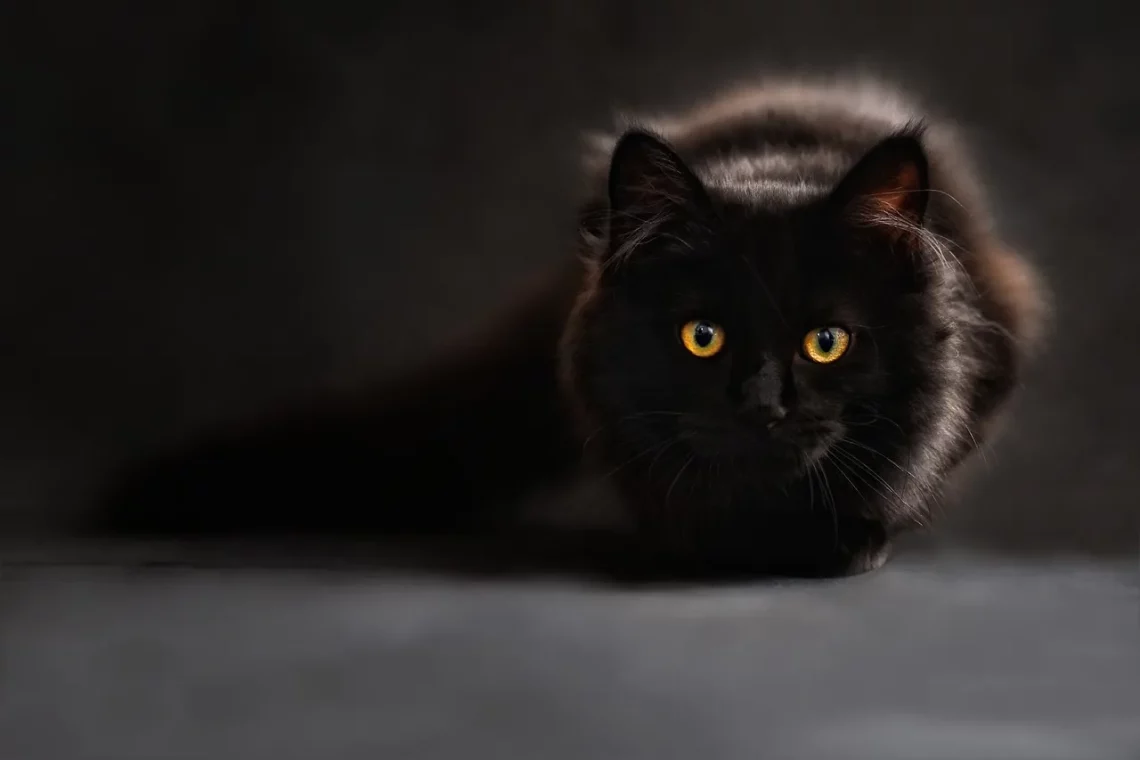
Understanding Why Cats Lick Themselves: The Fascinating Behavior of Cats
Cats are fascinating creatures, known for their independence, playful antics, and mysterious behaviors. One of the most intriguing aspects of feline behavior is their propensity to lick themselves. To an observer, this may seem like a simple grooming action, but it encompasses a variety of functions essential to a cat’s well-being. From maintaining hygiene to communicating with other cats, licking is an instinctive behavior that has evolved over time.
This self-grooming routine not only helps cats keep their fur clean but also plays a role in regulating their body temperature and providing comfort. Understanding why cats engage in this behavior can provide insight into their overall health and emotional state. Cats are known for their meticulous grooming habits, often spending a considerable portion of their day cleaning themselves. This raises questions about what drives this behavior and what it means for their physical and mental health.
As we explore the various reasons behind this common feline activity, we can gain a greater appreciation for the complexity of our furry companions and their unique habits. Whether you are a seasoned cat owner or an admirer from afar, understanding the reasons behind why cats lick themselves can enhance your relationship with these enigmatic creatures.
The Importance of Grooming in Cats
Grooming is a crucial aspect of a cat’s daily routine. It serves multiple purposes that contribute to their overall health and well-being. Firstly, grooming helps to keep a cat’s coat clean and free of dirt, parasites, and loose fur. The cat’s tongue is uniquely designed for this task; it has tiny, hook-like structures called papillae that effectively remove debris and distribute natural oils throughout the fur. This oil not only helps to keep the coat shiny but also provides a waterproof barrier that protects the skin underneath.
In addition to maintaining hygiene, grooming plays an important role in temperature regulation. Cats have a higher body temperature than humans, and their grooming behavior helps to cool them down. By licking their fur, they can create a cooling effect as the saliva evaporates from their coat. This is particularly important in warmer climates or during the summer months when cats may be more susceptible to overheating.
Furthermore, grooming is a form of self-soothing behavior. Cats may lick themselves as a way to relieve stress or anxiety. This can be particularly evident in cats that have experienced changes in their environment, such as moving to a new home or the introduction of a new pet. The act of grooming can provide comfort and a sense of security, helping them to cope with their emotions.
It’s also worth noting that grooming can be a social activity among cats. Cats often groom each other as a way to bond and establish social hierarchies. This mutual grooming, known as allogrooming, is a sign of trust and affection between cats. It reinforces their social connections and helps to maintain harmony within a group.
Overall, grooming is an essential behavior that serves multiple functions in a cat’s life. It is not just about cleanliness; it is a complex activity that impacts their health, comfort, and social interactions.
The Role of Grooming in Feline Health
While grooming is a natural and beneficial behavior, it can also be indicative of a cat’s health status. A sudden change in grooming habits—whether an increase or decrease—can signal underlying health issues. For instance, if a cat that typically grooms itself frequently stops doing so, it may be a sign of illness or discomfort. This could range from skin conditions to more serious health concerns that require veterinary attention.
On the other hand, excessive grooming can lead to problems as well. Cats may engage in over-grooming due to stress, anxiety, or even boredom. This behavior can lead to the development of bald patches or skin irritations. Conditions such as feline hyperesthesia syndrome, which is characterized by heightened sensitivity of the skin, can also cause cats to groom excessively as they try to alleviate their discomfort.
Maintaining a healthy grooming routine is essential for all cats. Regular brushing by their owners can help reduce the amount of loose fur and prevent matting, especially in long-haired breeds. This not only aids in keeping the cat’s coat clean but also strengthens the bond between the cat and its owner. Additionally, regular grooming can help to detect any skin issues early on, making it easier to address potential health concerns before they escalate.
Diet also plays a significant role in maintaining a cat’s skin and coat health. A balanced diet rich in omega-3 and omega-6 fatty acids can promote a healthy coat and skin. Ensuring that your cat receives adequate hydration is equally important, as it helps to maintain the moisture balance in their skin.
In conclusion, grooming is a multifaceted behavior that is crucial for a cat’s physical and emotional health. Understanding the role of grooming can help cat owners recognize when their pets may need additional support or veterinary care.
Grooming is not solely a physical necessity for cats; it also has significant implications for their emotional well-being. Just as humans may engage in self-care routines to relieve stress or anxiety, cats utilize grooming as a coping mechanism. Regular grooming can help to calm a cat’s nerves, providing a sense of security in their environment.
When a cat is feeling anxious or stressed, you may notice them licking more frequently or obsessively. This behavior can be a response to changes in their environment, such as new people, animals, or even changes in routine. It is important for pet owners to recognize these signs and address the underlying issues that may be causing distress. Providing a stable and predictable environment can help alleviate anxiety in cats, allowing them to feel more secure.
Additionally, the act of grooming can foster a sense of relaxation and comfort. Cats are creatures of habit, and their grooming routines often provide them with a predictable and calming activity. This is why you may observe your cat spending time grooming themselves in their favorite sunny spot or during moments of quiet. These routines can help them feel safe and at ease in their surroundings.
Furthermore, grooming can also be a form of self-affirmation for cats. By taking the time to groom themselves, they are engaging in an activity that reinforces their own identity as a healthy and thriving animal. This self-care behavior can enhance their confidence and contribute to a positive emotional state.
It’s essential for cat owners to create an environment that supports their cat’s emotional needs. Providing interactive playtime, safe spaces, and opportunities for exploration can help to keep their minds stimulated and reduce anxiety. Understanding the connection between grooming and emotional well-being can lead to better care and a stronger bond between cats and their owners.
In summary, grooming is a crucial behavior that not only addresses physical needs but also plays a significant role in promoting emotional health. Recognizing the signs of stress or anxiety in cats can help owners provide better support for their feline friends.
The act of licking themselves is a fundamental behavior for cats that serves a variety of important functions. From maintaining hygiene to supporting emotional well-being, grooming is intertwined with a cat’s health and happiness. Understanding the significance of this behavior allows cat owners to provide better care and create a nurturing environment for their pets.
As we’ve explored, grooming is essential for physical cleanliness, temperature regulation, and emotional comfort. It can also serve as a social bonding activity among cats, reinforcing relationships and promoting harmony within a group. However, changes in grooming habits can be indicative of underlying health issues, making it essential for owners to remain vigilant and proactive in their pet’s care.
Ultimately, by recognizing the complexities of grooming behavior, cat owners can enhance their relationship with their feline companions and ensure they lead happy, healthy lives. Whether through regular grooming sessions, a balanced diet, or a stable environment, every effort contributes to the well-being of these cherished pets.
**Disclaimer:** This article is for informational purposes only and does not constitute medical advice. Please consult a veterinarian for any health-related concerns regarding your pet.




